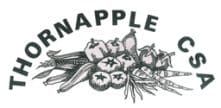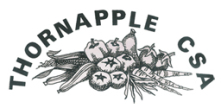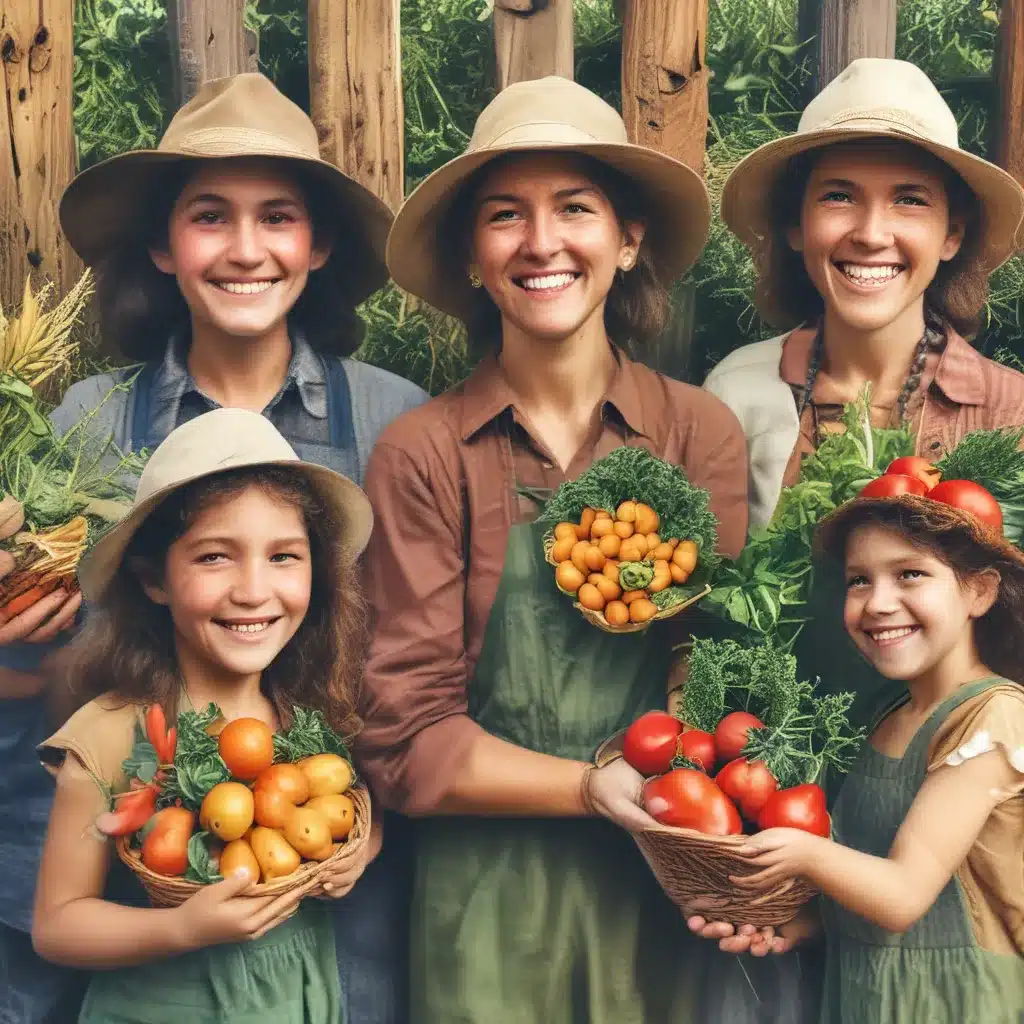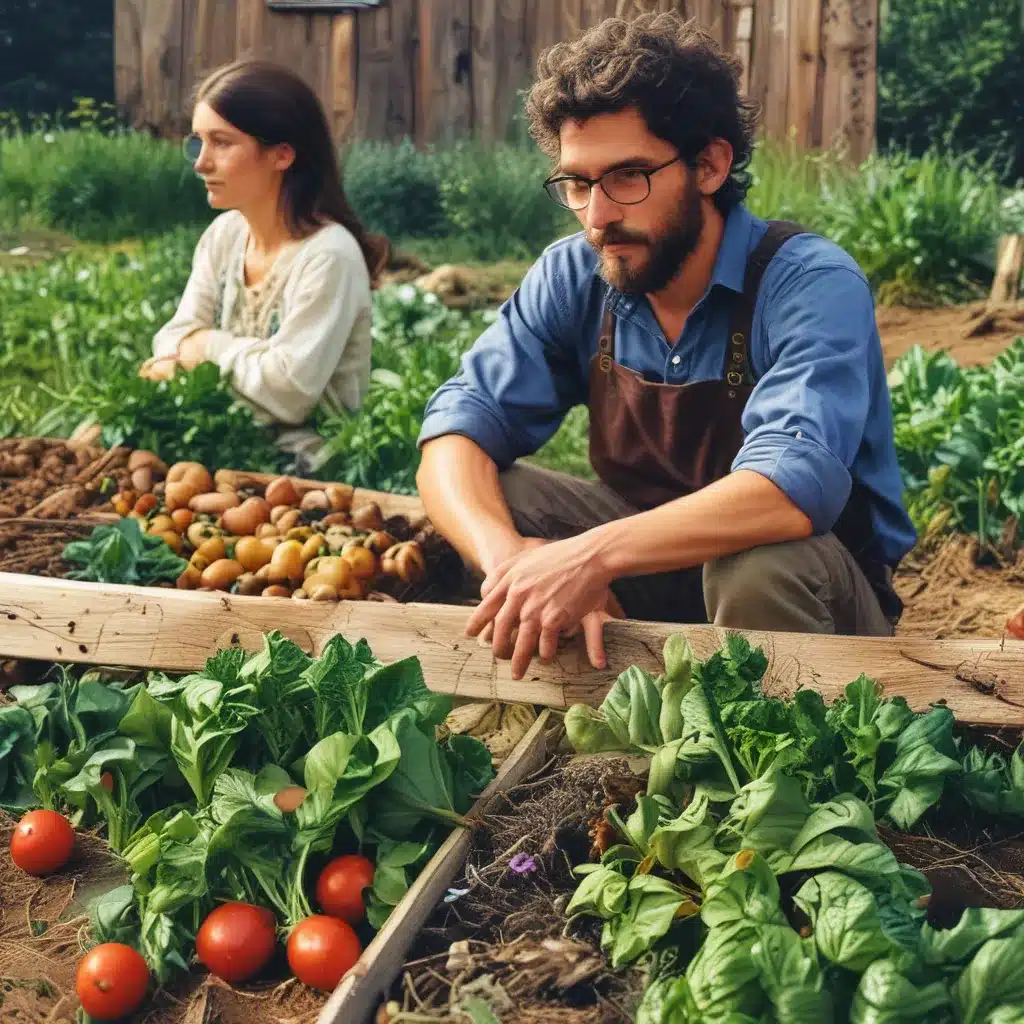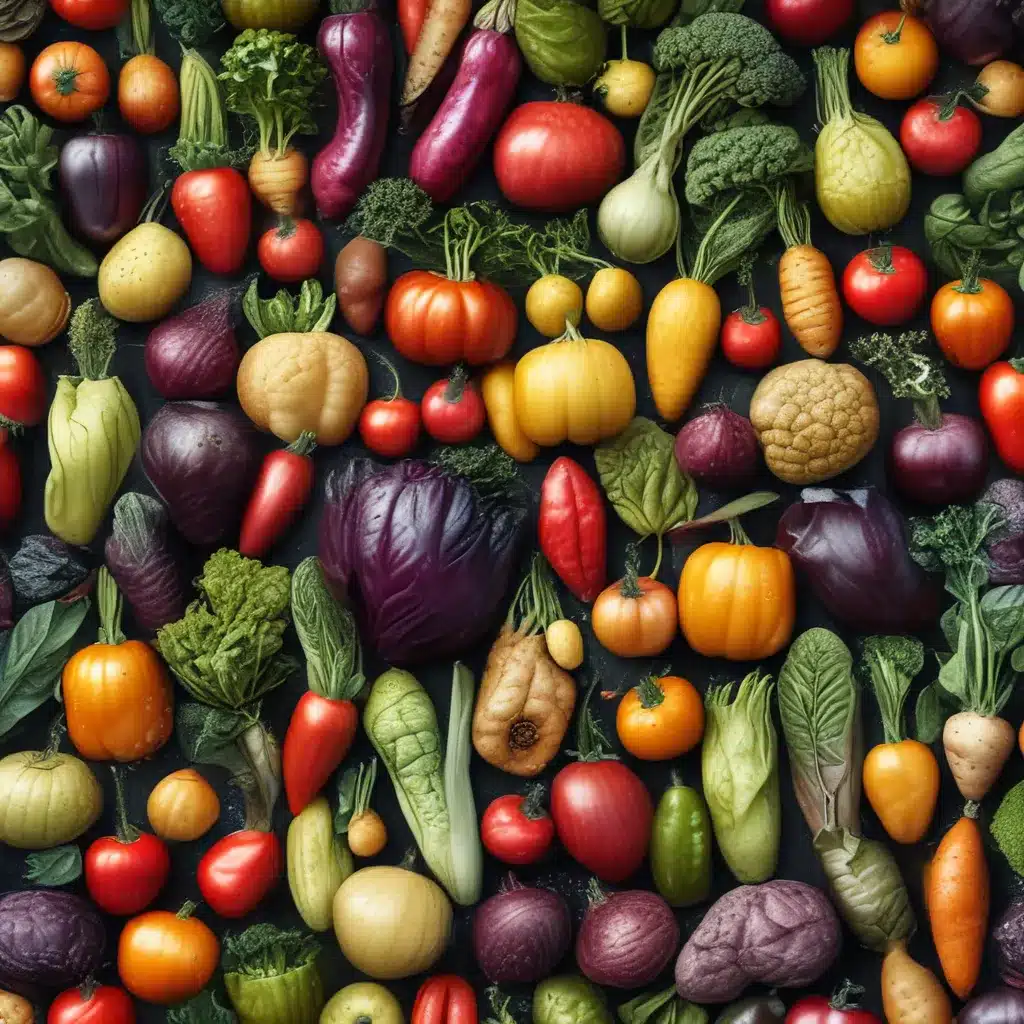
I have to admit, I used to be one of those people who thought heirloom vegetables were nothing more than an overpriced fad. Boy, was I wrong. As I’ve delved deeper into the world of sustainable agriculture and community-supported farming, I’ve come to appreciate the true magic of these forgotten veggie superstars.
Rediscovering the Roots of Our Food
Not long ago, I stumbled upon an eye-opening article that opened my eyes to the alarming decline of seed diversity in the United States. Did you know that a mere 100 years ago, there were over 5,000 different varieties of vegetable seeds available to gardeners and farmers? Today, that number has dwindled to a disheartening 500 or less. It seems that the rise of large commercial seed companies like Monsanto has led to the gradual homogenization of our food supply, as they have systematically bought out and consolidated smaller, independent seed producers.
This revelation struck a chord with me, particularly as I’ve been making more of an effort to support my local community-supported agriculture (CSA) service. I realized that if we don’t start actively preserving and reviving these heirloom vegetable varieties, we risk losing a vital part of our agricultural heritage forever. And that’s just not something I’m willing to let happen.
The Unexpected Wonders of Heirlooms
So, what exactly makes heirloom vegetables so special? Well, for starters, these are the kinds of produce that our grandparents and great-grandparents would have recognized and grown in their own gardens. They’re the tomatoes, peppers, squashes, and greens that have been passed down through generations, selected for their exceptional flavors, unique appearances, and enduring hardiness.
Unlike the uniform, mass-produced vegetables you’ll find at your typical supermarket, heirlooms come in a dazzling array of shapes, sizes, and colors. Just take a look at some of these beauties:
- Striped German Tomatoes: These large, beefsteak-style tomatoes feature a striking pattern of vibrant red and yellow stripes, making them a true feast for the eyes.
- Purple Dragon Carrots: Not your average orange carrot, these heirloom beauties are a deep, rich purple on the outside with a bright orange interior. They’re not only gorgeous, but they’re packed with antioxidants too!
- Thumbelina Carrots: These petite, round carrots are perfect for kids (and kids at heart). They have a wonderfully sweet, almost nutty flavor that’s miles beyond the typical supermarket variety.
But heirloom vegetables aren’t just pretty faces – they also boast a depth of flavor that will have your taste buds doing cartwheels. Many traditional vegetable varieties were selected for their outstanding eating quality, rather than their ability to withstand long-distance shipping and extended shelf life. As a result, they often have a richer, more complex flavor profile that you simply can’t find in mass-produced, genetically modified produce.
The Battle Against Monoculture
One of the most compelling reasons to embrace heirloom vegetables is the vital role they play in preserving biodiversity. As large corporations like Monsanto continue to consolidate the seed market, pushing out smaller, independent producers, we’re seeing a startling decline in the variety of vegetables available to growers and consumers.
This shift towards agricultural monoculture – the practice of growing a single, uniform crop over vast swaths of land – poses a serious threat to the long-term health and resilience of our food system. When we rely on a handful of genetically identical crop varieties, we become increasingly vulnerable to the devastating effects of pests, diseases, and environmental stresses.
Heirloom vegetables, on the other hand, represent a living tapestry of genetic diversity. Each variety has its own unique set of traits, adaptations, and survival strategies, making the overall system more robust and able to withstand the challenges of a changing climate and evolving pest pressures.
By supporting heirloom vegetable growers and embracing CSA services that champion these forgotten superstars, we’re not only preserving our agricultural heritage, but we’re also investing in the long-term sustainability of our food supply. It’s a win-win for both our taste buds and the health of the planet.
Heirloom Vegetables: A Feast for the Senses
One of the most delightful aspects of heirloom vegetables is the sheer sensory experience they provide. From the vibrant colors that practically leap off the plate to the rich, complex flavors that linger on the tongue, these are the kinds of produce that engage all of your senses in the most wonderful way.
Take, for instance, the humble tomato. In the world of heirlooms, the classic round, red fruit is just the beginning. You’ll find tomatoes in shades of yellow, orange, pink, purple, and even black – each with its own unique flavor profile, from sweet and fruity to savory and almost smoky.
And the textures! Some heirloom tomatoes are juicy and almost bursting with every bite, while others have a delightfully firm, almost meaty consistency. It’s a world of sensory delights, just waiting to be explored.
The same can be said for other heirloom veggies, like the creamy, nutty-flavored French Fingerling potatoes or the crisp, peppery arugula with its vibrant green leaves. Even the humble zucchini takes on new life in heirloom varieties, with their distinctive shapes, patterns, and flavors.
Heirlooms: The Taste of Home
For me, one of the most meaningful aspects of heirloom vegetables is the way they connect us to our culinary heritage. When I bite into a juicy, sun-warmed tomato or sink my teeth into a perfectly crisp carrot, I’m transported back to the gardens of my childhood – to the flavors and aromas that nourished my family for generations.
As a member of my local CSA, I take great joy in rediscovering these forgotten vegetable varieties and incorporating them into my cooking. There’s something so satisfying about recreating the dishes of my grandparents, using the very same ingredients they would have used.
And it’s not just about the taste – it’s about the stories, the traditions, and the sense of connection to our past. When I serve up a plate of heirloom tomatoes, drizzled with just a touch of olive oil and sprinkled with sea salt, I’m not just feeding my family’s bodies, but also their souls.
Embracing the Heirloom Revolution
As we look to the future of our food system, it’s clear that heirloom vegetables have a vital role to play. By preserving these genetic treasures and championing their unique flavors, we’re not only safeguarding our agricultural heritage, but we’re also investing in the long-term health and resilience of our communities.
So, the next time you’re perusing the vibrant displays at your local farmers’ market or exploring the offerings of your community-supported agriculture service, I encourage you to step outside your comfort zone and give these forgotten superstars a try. Who knows? You just might discover your new favorite veggie.
After all, the true magic of heirloom produce isn’t just in the way it tantalizes our taste buds – it’s in the way it connects us to our roots, nourishes our souls, and reminds us of the incredible diversity and resilience of our natural world. So let’s embrace the heirloom revolution, one delicious bite at a time.
